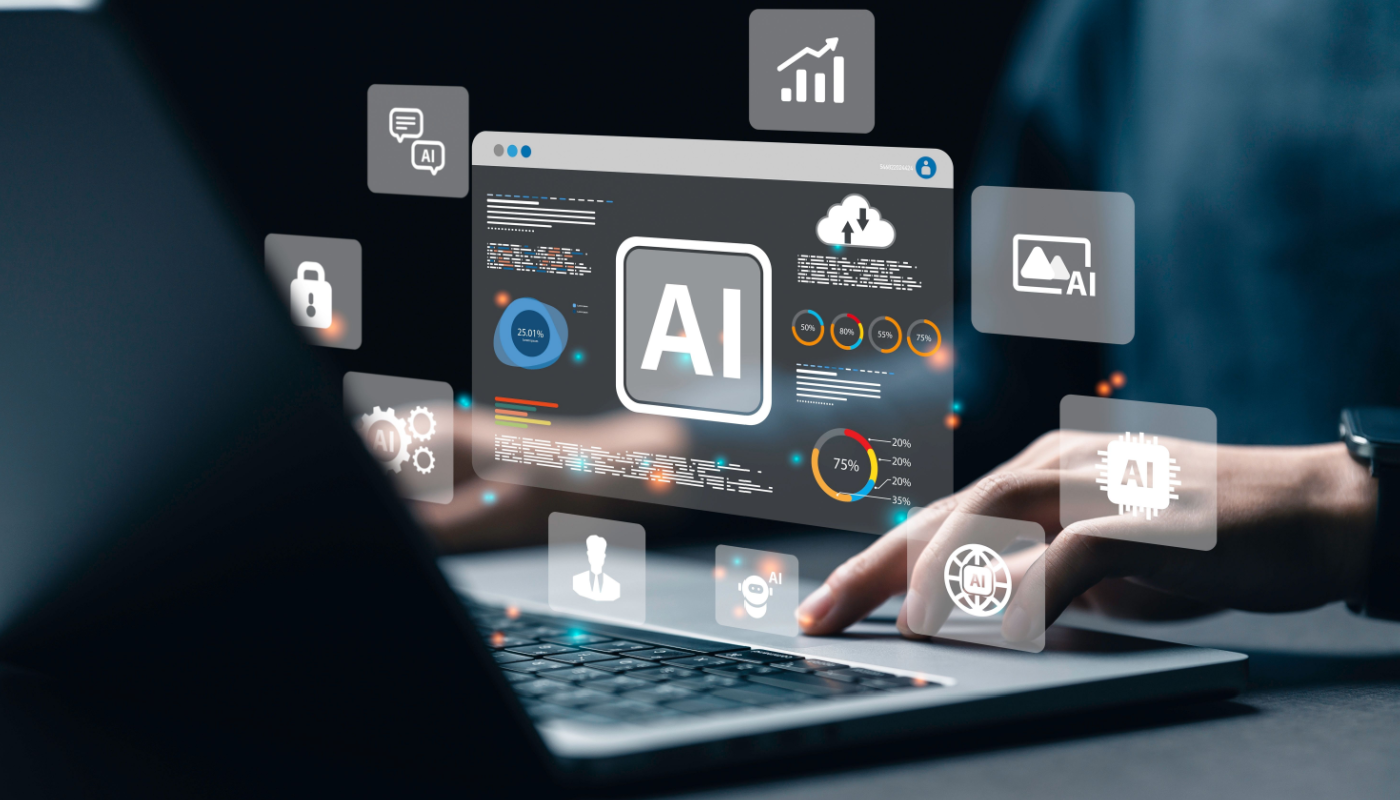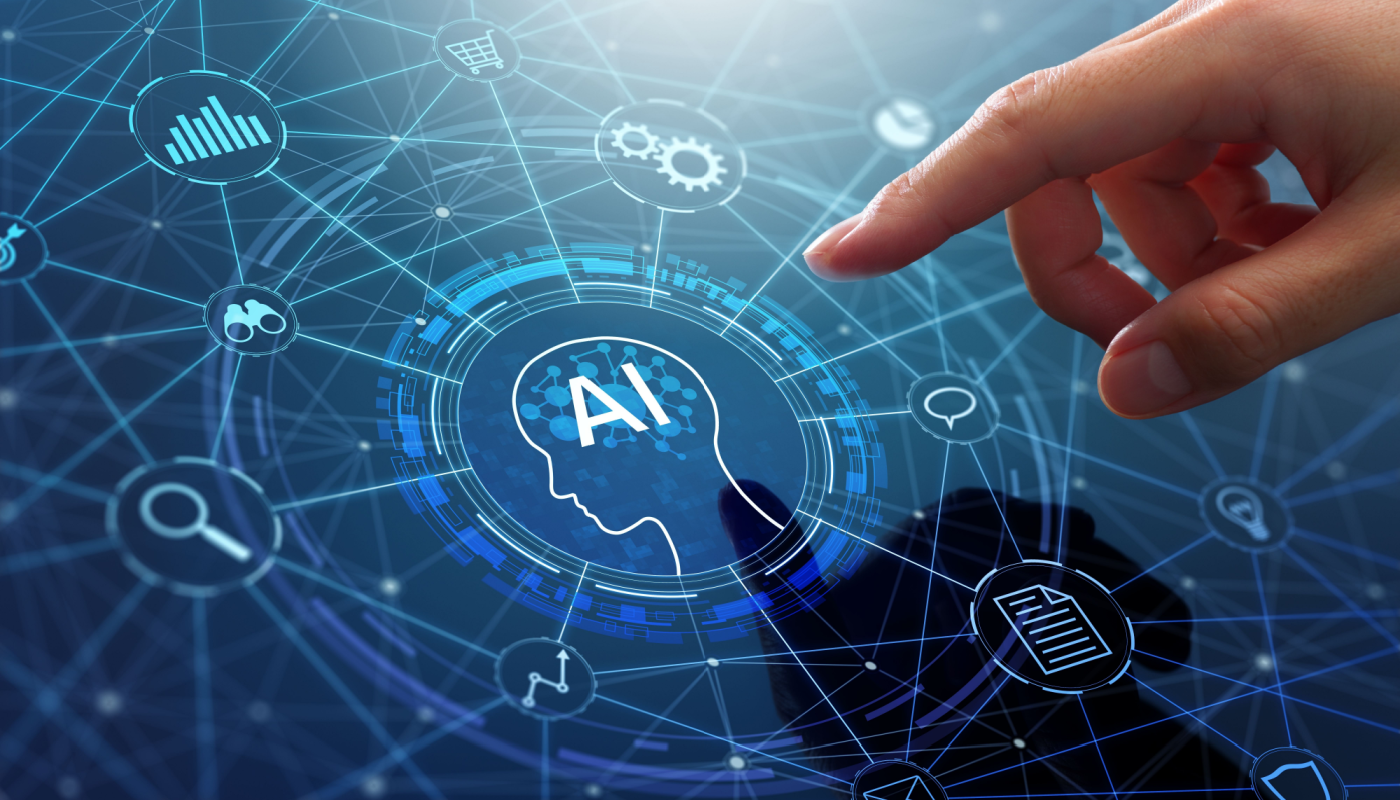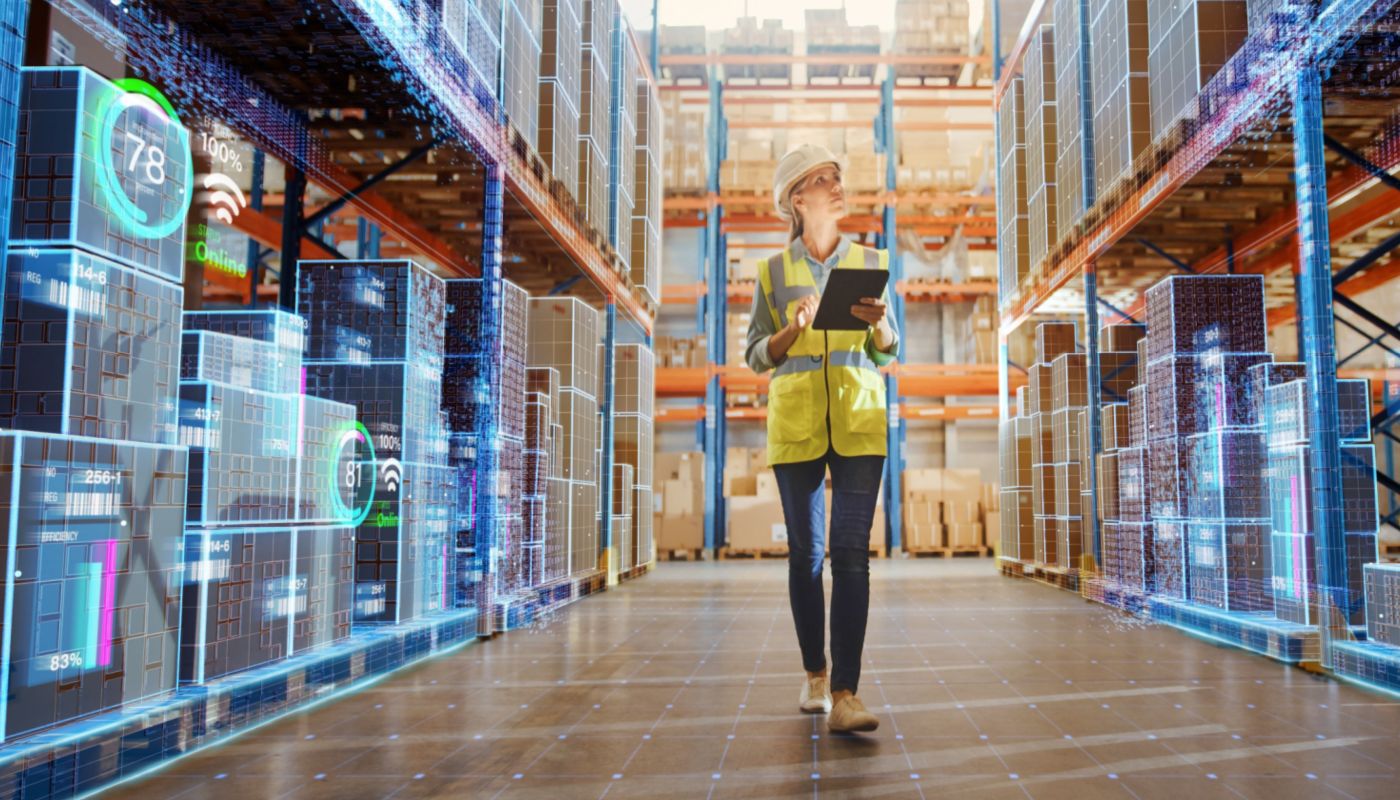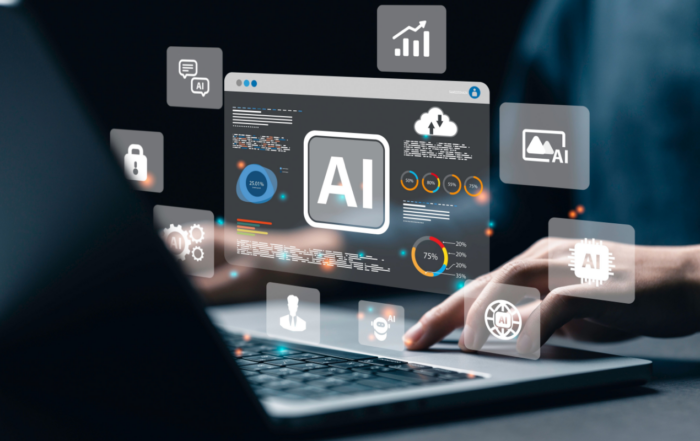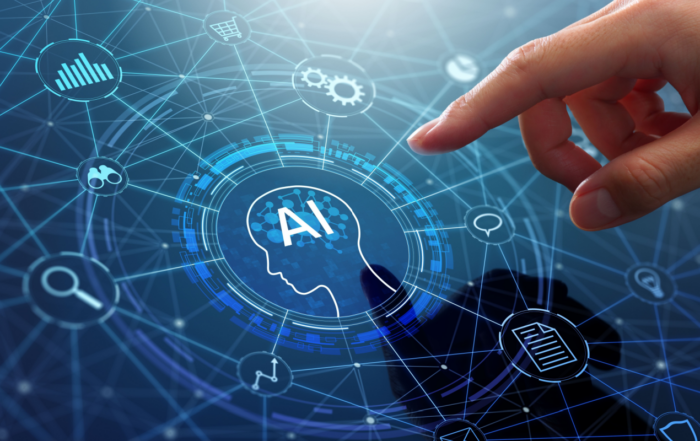
Most of us have had some exposure to the “AI Awakening” wave that has emerged over the past few years, with regular headlines such as:
- “Can A.I. Release Us from the Nightmare of Expense Reports?“
- “The World Bank’s latest tool for fighting famine: Artificial intelligence”
Of particular interest to Arkieva and its customers is how this “new technology” integrates with the ongoing journey of creating more intelligent supply chain decision-making process to improve organizational performance. This was the theme for our recent Arkieva Summit. Our observation is that the real benefit comes from fostering community intelligence across the traditional division of tasks in supply chain management. This enables a more rapid and intelligent response to emerging opportunities – a benefit that cannot be realized without the underlying structure of an advanced in-memory engine with real-time analytics. This is the core benefit of Arkieva’s new solution planning platform – Orbit.
What is Artificial Intelligence?
Before exploring community intelligence, let’s briefly define artificial intelligence (AI) and quickly review current trends in “AI and Supply Chain.” Merriam-Webster defines AI as a branch of computer science dealing with the simulation of intelligent behavior in computers. It is a broad area of research and has been studied since the 1950s. AAAI (American Association of Artificial Intelligence) covers areas such as speech recognition, natural language interfaces, conceptual structures, search algorithms (an example being Sudoku puzzles and factory scheduling), inference engines for rule-based systems, decision trees, predictive analytics, etc.
The First and Second AI Awakening
The first AI awakening occurred in the 1980s with great fanfare and some success as indicated in Edward Feigenbaum’s “Rise of Expert Company.” The second awakening is occurring in this decade.
Within supply chain space most of the discussion falls into two areas:
- Machine learning for predictive analytics – The name was coined in 1959 by Arthur Samuel and is the outgrowth of the interface of statistics and computer science/data science. There is no single accepted definition of machine learning; Wikipedia defines it as a field of computer science that uses statistical techniques to give computer systems the ability to “learn” with data, without being explicitly programmed. SAS defines it as a specific subset of AI that trains a machine on how to learn. Within supply chain management it typically refers to models that predict the future and/or the impact of certain actions in estimating – forecasting demand, demand segmentation, demand shaping, and estimating the impact of actions such as promotions or trends in social media.
- Direct support for the regular operational activities of planners (New Supply Chain Jobs Emerge as AI takes hold and Role of AI in SCM) within their “silo of influence”, automatic alerts and tracking of actual orders versus forecast, versus inventory; tracking actual factory output versus projected and lead time, etc.
-
What is missing that is critical to the ongoing journey of creating more intelligent supply chains?
- Silos of Decisions remain intact – much of the success in supply chain management in the 1990s came from eliminating the data silos which provided a commonly agreed subset of data to support all decisions. However, decisions made were at best loosely coupled, relying on asynchronous communication. The supply planning model requires an aggregate statement of capacity which is provided by advanced planning solutions.
Related: The Illusion of Capacity: The Rabbit in the Hat
- A single point estimate of demand that is provided by demand planning, purchase lead times from inventory planners, and business preferences from executives that are in fact more fungible than some simple weights. In each case, the summary information is stored in one location, but the detail data and algorithms belong to each silo, even if they happen to be stored on the same server.
- The types of “AI” support typically don’t explain why or even provide an easy path to track through the network to uncover core factors. This is discussed in great detail in the New York Times article, “Can AI be taught to explain itself?””
- More difficult than answering “Why?” is identifying what response/repair action to take. This is the bulk of what good planners do and this requires “deep knowledge” – not in the sense of “deep machine learning” which simply means working through “two or more layers of data and modification,” but an understanding of the demand-supply
Related: Optimizing Supply Chain Planning
What is Community Intelligence?
The term community intelligence was first used in the late 1980s by Prof. Ed Feigenbaum in “The Rise of the Expert Company.”
“It is a new kind of entity – a community intelligence born from the collective wisdom of various disciplines, experiences, and points of view, which dynamically disseminate the new intelligence around the same community that engendered it, solving problems that are too tough for us humans to figure out.”
What’s the difference between 2018 and 1988? The successes of 1988 were narrower in scope simply due to limitations in hardware and software and this type of work could only be done by larger firms. As a result, the current loosely coupled silo approach became the standard to overcome hardware or software limitations, and the growth of grind-it-out vendors of supply chain management software. Additionally, much of the current work in AI is done by “data scientists” as opposed to decision scientists – this has driven a change in emphasis.
And today at Arkieva, we have already had success in bringing community intelligence to some customers; we anticipate this becoming the best-in-class standard over the next 5 years and delivering substantial value.
Is the idea of creating a supply chain fueled by community intelligence this possible now? Are we already in the third wave of AI? You decide.
Enjoyed this post? Subscribe or follow Arkieva on Linkedin, Twitter, and Facebook for blog updates.

